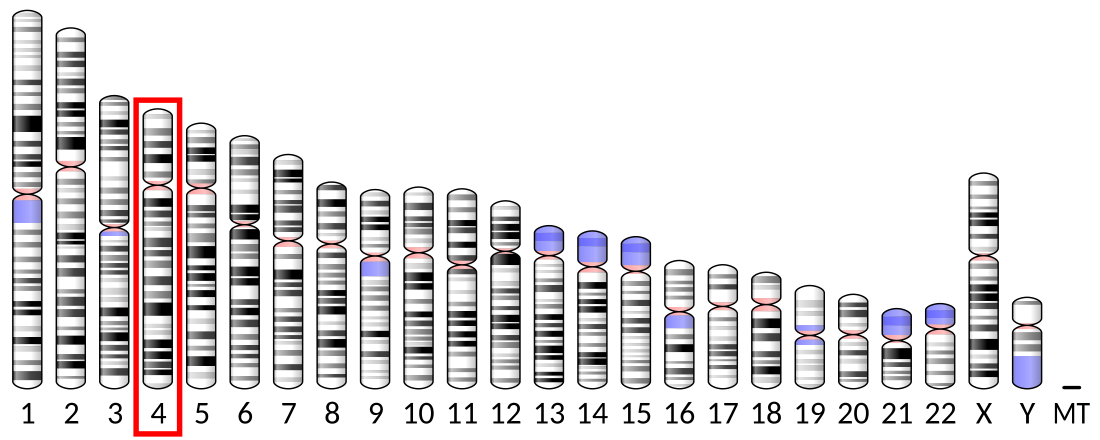Phosphatidate cytidylyltransferase 1 is an enzyme that in humans is encoded by the CDS1 gene.[5][6][7]
Quick Facts Identifiers, Aliases ...
Close
Breakdown products of phosphoinositides are ubiquitous second messengers that function downstream of many G protein-coupled receptors and tyrosine kinases regulating cell growth, calcium metabolism, and protein kinase C activity. This gene encodes an enzyme which regulates the amount of phosphatidylinositol available for signaling by catalyzing the conversion of phosphatidic acid to CDP-diacylglycerol. This enzyme is an integral membrane protein localized to two subcellular domains, the matrix side of the inner mitochondrial membrane where it is thought to be involved in the synthesis of phosphatidylglycerol and cardiolipin.[8][9] and the cytoplasmic side of the endoplasmic reticulum where it functions in phosphatidylinositol biosynthesis. Two genes encoding this enzyme have been identified in humans, one mapping to human chromosome 4q21 (this gene) and a second (CDS2) to 20p13.[7]
Halford S, Dulai KS, Daw SC, Fitzgibbon J, Hunt DM (November 1998). "Isolation and chromosomal localization of two human CDP-diacylglycerol synthase (CDS) genes". Genomics. 54 (1): 140–4. doi:10.1006/geno.1998.5547. PMID 9806839. Weeks R, Dowhan W, Shen H, Balantac N, Meengs B, Nudelman E, Leung DW (March 1997). "Isolation and expression of an isoform of human CDP-diacylglycerol synthase cDNA". DNA and Cell Biology. 16 (3): 281–9. doi:10.1089/dna.1997.16.281. PMID 9115637.
- Liu Y, Virshup DM, White RL, Hsu LC (November 2002). "Regulation of BRCA1 phosphorylation by interaction with protein phosphatase 1alpha". Cancer Research. 62 (22): 6357–61. PMID 12438214.
- Volta M, Bulfone A, Gattuso C, Rossi E, Mariani M, Consalez GG, et al. (January 1999). "Identification and characterization of CDS2, a mammalian homolog of the Drosophila CDP-diacylglycerol synthase gene". Genomics. 55 (1): 68–77. doi:10.1006/geno.1998.5610. PMID 9889000.
- Lykidis A, Jackson PD, Rock CO, Jackowski S (December 1997). "The role of CDP-diacylglycerol synthetase and phosphatidylinositol synthase activity levels in the regulation of cellular phosphatidylinositol content". The Journal of Biological Chemistry. 272 (52): 33402–9. doi:10.1074/jbc.272.52.33402. PMID 9407135.
- Heacock AM, Uhler MD, Agranoff BW (November 1996). "Cloning of CDP-diacylglycerol synthase from a human neuronal cell line" (PDF). Journal of Neurochemistry. 67 (5): 2200–3. doi:10.1046/j.1471-4159.1996.67052200.x. hdl:2027.42/65959. PMID 8863531. S2CID 2805319.





